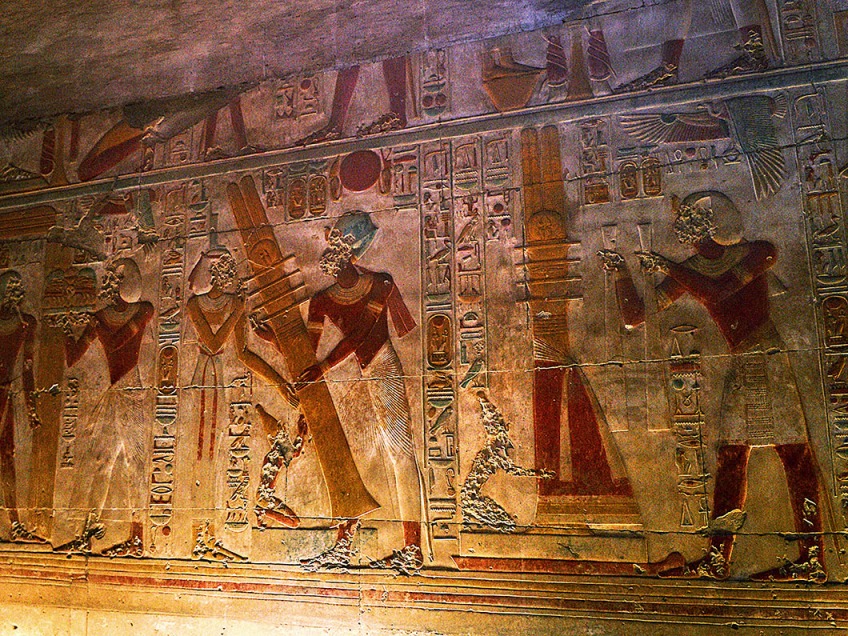by
Damien F. Mackey
In the case of the so-called Twentieth Dynasty, Seti-nakhte, the heroic dynastic founder
who drove out the usurper, and who is Seti, rears up again in the guise of Ramses XI
at the end of that dynasty.
The characteristic feature of the early reign of Horemheb, of Seti, is restoration (and lawgiving) after a period of chaos and usurpation. Hence the institution of a new era, whm mswt (‘Repetition of Births’).
This connection between the Nineteenth Dynasty and, supposedly, the era the preceded it, is picked up again with Ramses XI, also (like Seti) named Menmare, with his new era of restoration, whm mswt.
Ramses XI is supposed to have reigned, like Horemheb, for 28 years.
Topsy-turvy Egyptian dynasties, as we noted elsewhere, with a dynasty’s beginning re-emerging at its end.
Thus, in the case of the so-called Twentieth Dynasty, Seti-nakhte, the heroic dynastic founder who drove out the usurper, and who is Seti (supporting the strong tradition of a “Sethos” as dynastic founder), rears up again in the guise of Ramses XI at the end of that dynasty.
That is already a chronological stretch from c. 1320 BC (Horemheb) - 1070 BC (Ramses XI).
250 years for he who I consider to be the one pharaoh: Seti the Great.
And this does not yet take into account possible further extensions of Seti, via Psusennes I (=II) and on even into the 25th dynasty.

No comments:
Post a Comment